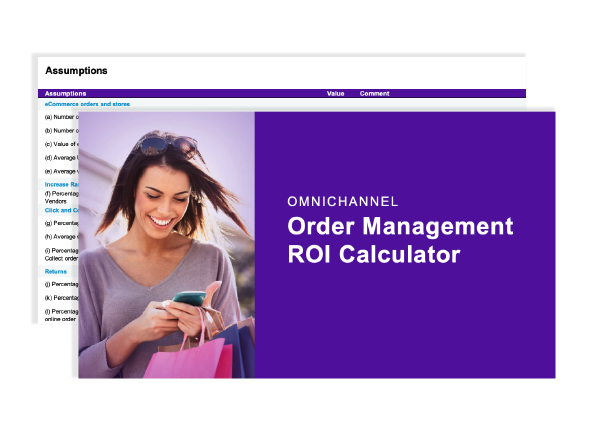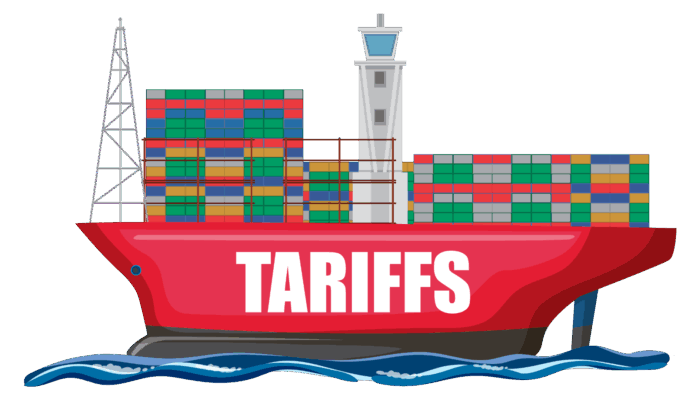For seasonal industries like fashion, footwear and gifting—which offer different combinations of style, size, and color—managing inventory is a serious challenge. After working with tens of clients in these verticals, I’ve observed the following trends.
Impact of seasonality
At the start of the season, brands tend to be well stocked online and in store. As the season progresses, popular styles, sizes and colors sell out. Very often, whilst the popular ones sell out online, some stock still sits on store shelves where there are fewer eyeballs. As a result, this inventory is marked down in stores at the end of the season, when it could have been sold online earlier in the season.
Reduced stockouts
If you aggregate all of your stock, including store inventory, and make it available online, you massively increase the number of products that are Available to Sell. In my experience, across about 100 brands that didn’t make their stock available across channels, the average out of stock level was 20% at the beginning of the season. By the end of the season, that number rose to 40-42%. For brands that did make all of their inventory available online, that dropped to about 9% stockouts at the beginning of the season and about 20% by the end of the season. This strategy effectively reduced stockouts by 50%.
Of course, you don’t want to ship from stores where the inventory is more likely to sell in-store. To mitigate this, you can use sell through rate or inventory age in your fulfillment logic to determine the best store from which to fulfill the order.
Increased availability drives sales
When you have a single view of all your inventory and make it available online, you increase your product availability, and therefore sales. I’ve often seen a 15% uplift (or more) in online conversion when brands have this single view of inventory. What’s more, an Order Management System (OMS) can help you sell stock from third party Drop Ship Vendors as well. This can further increase range and availability.
One retailer I worked with had so much traffic coming to its website that they realized they could sell complementary products. They drop shipped these directly to the customer from the third-party warehouses, so they didn’t even have to stock the inventory. So they were able to extend their range without investing additional capital on inventory. This approach can be a great way to test new product lines with your customers too.
Increased Average Order Value (AOV)
What’s more, when you increase your overall availability some people will buy an extra item. Most of the fashion brands I’ve worked with are upper mid-market so they sell about 1.2 items per sale. But after increasing product availability online, one brand I worked with saw their average line items per order increase from 1.2 to 1.6 lines. That’s a 33% increase. Overall, I haven’t seen a brand that has experienced less than a 15% uplift in sales as a result of making everything available online.
Reduced markdowns
Seasonal markdowns vary from brand to brand. Some will discount their inventory by as much as 40% at the end of the season. A lot of stores will have local markdowns available only in those locations. But with an OMS you can sell last season’s inventory from the back of the store.
One retailer I worked with even took inventory off the shelves in its smaller stores and just sold it online. This lets them free up space on the sales floor for new stock, but avoid the need to either consolidate the stock and send it back to the warehouse, or offer heavy discounts. Instead they were able to get more per item through online sales.
The future of inventory management
My prediction is that post-Covid, merchandising planners will look at how they source and place stock differently. With the large increase in ecommerce, they’ll put a bigger emphasis on optimizing the online channel. This may mean keeping more stock in warehouses, especially as some brands have also reduced their store count. As a result, you might not see the same degree of gains in the post-Covid world when making inventory globally available online. That said, brands that are poorly optimized could still see more than a 15% increase in sales driven by an uplift in product availability. And the best thing? That availability increase can be achieved without spending any more money on stock.
But to maximize revenue from your online channel you need a way to connect your inventory so you have a single view of stock across all locations. This is where you need a Distributed Order Management System to connect your inventory so you can increase your range of stock, availability, and as a result, your Average Order Value (AOV).
For more information on Fluent Order Management, contact us today.




